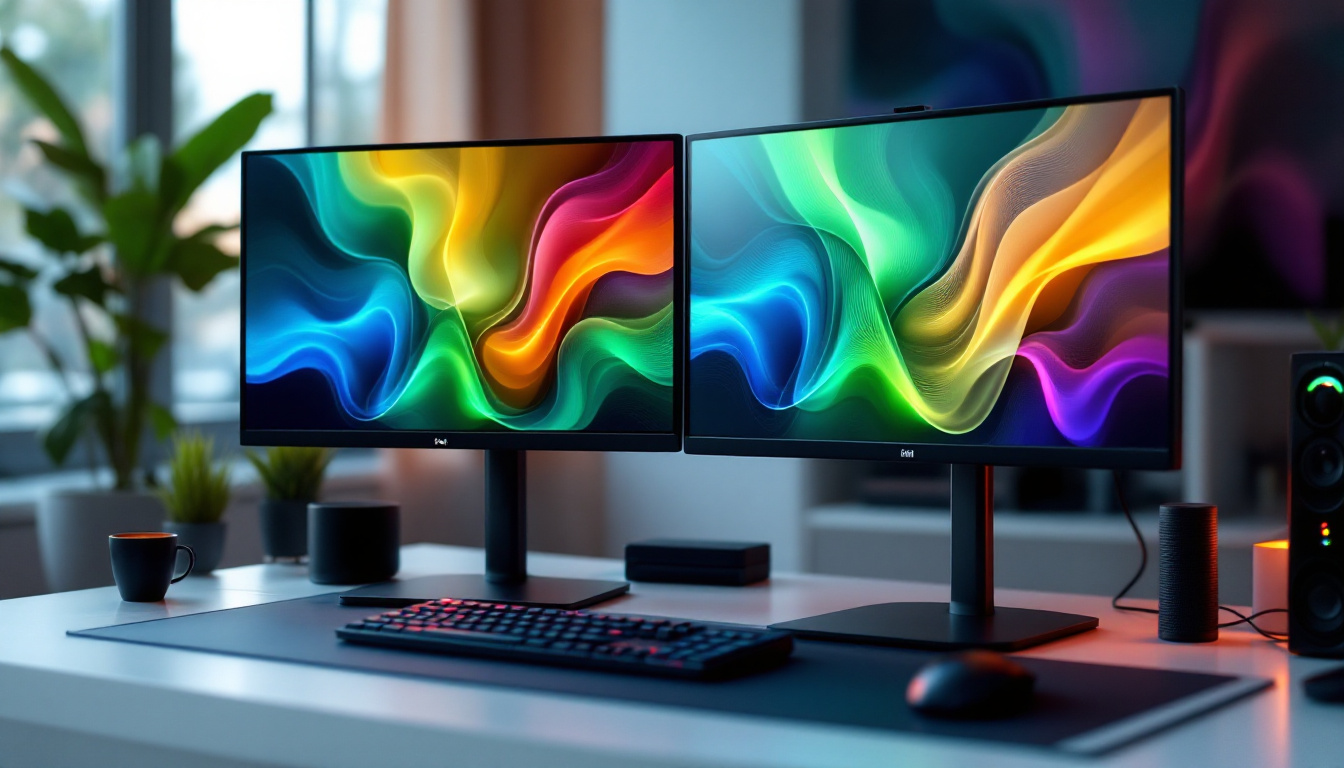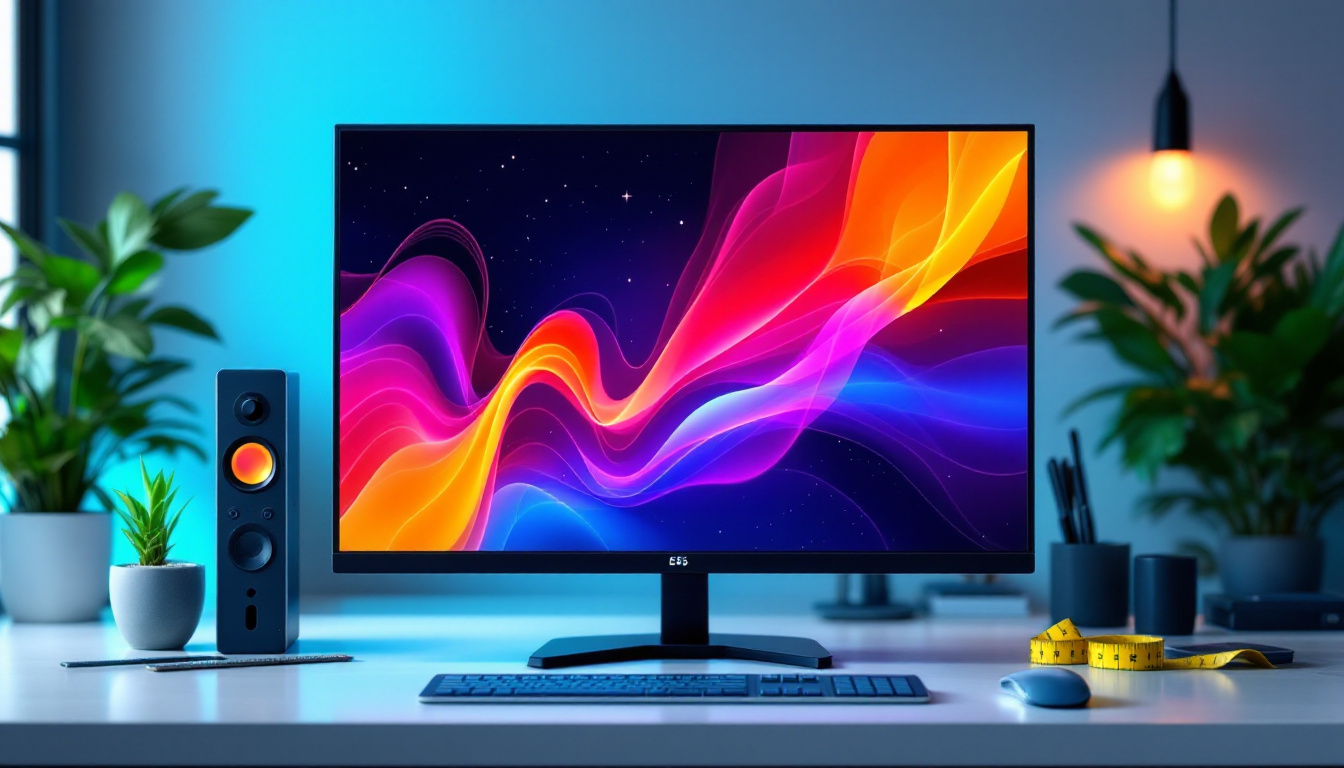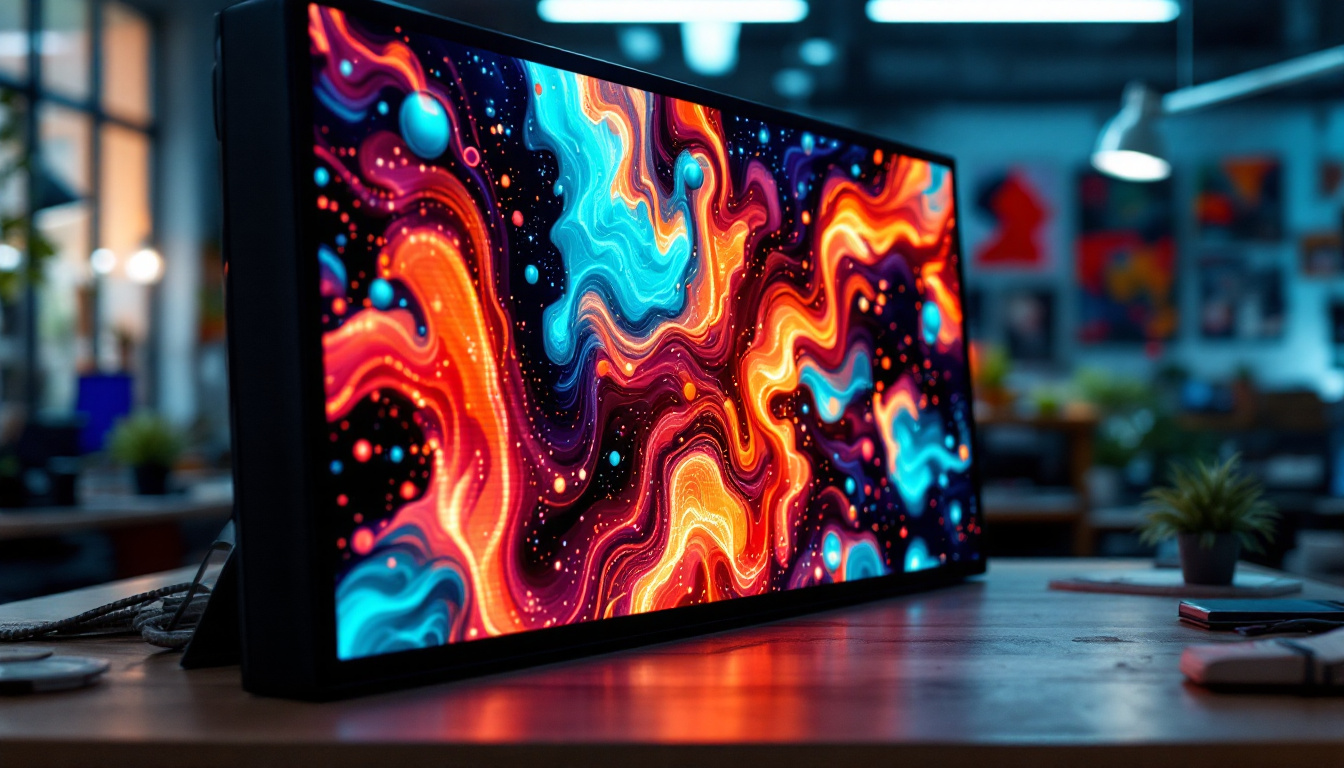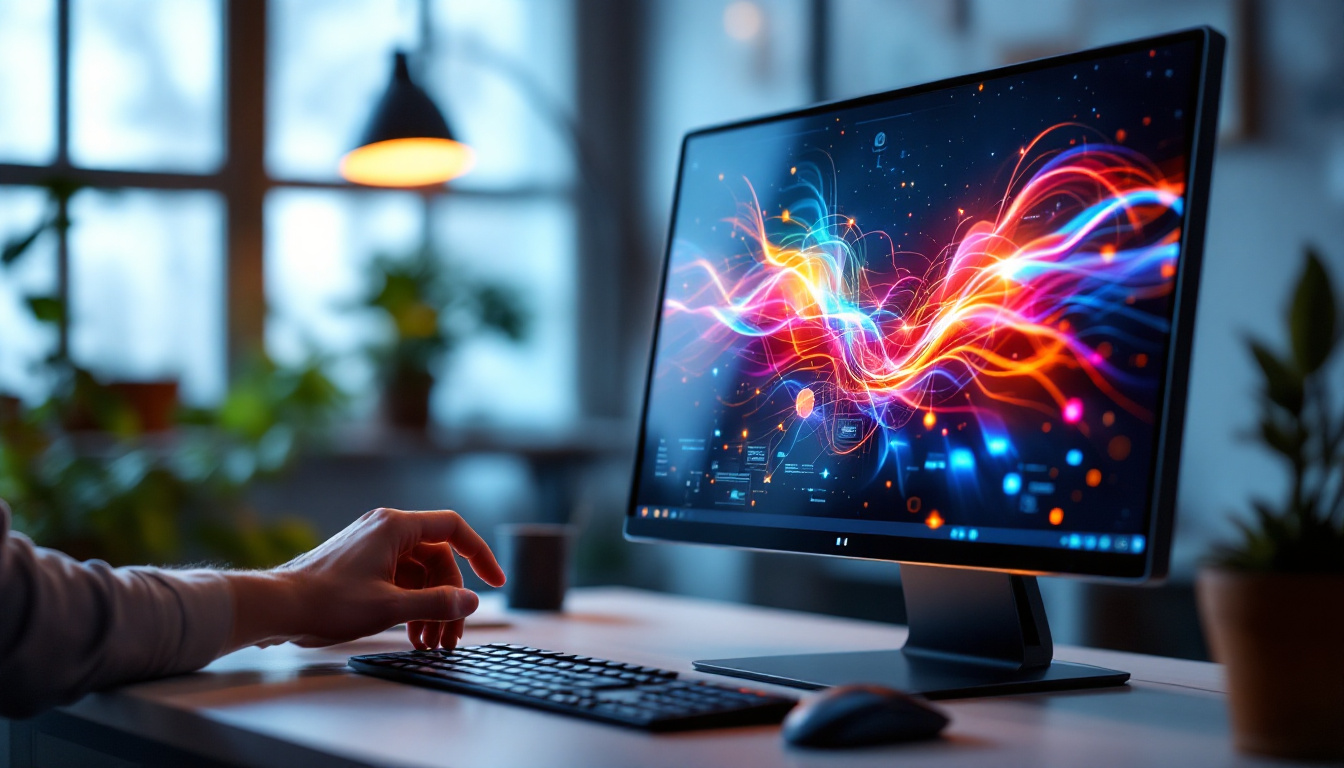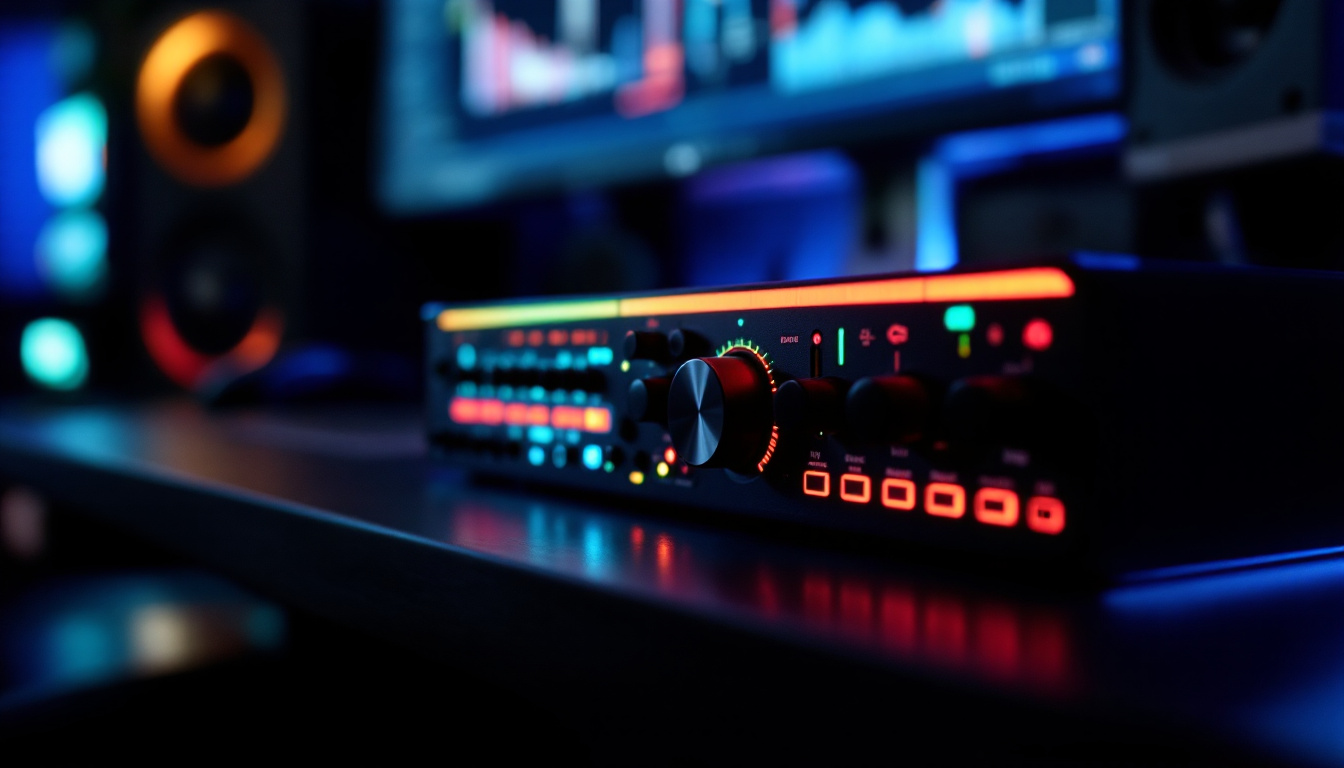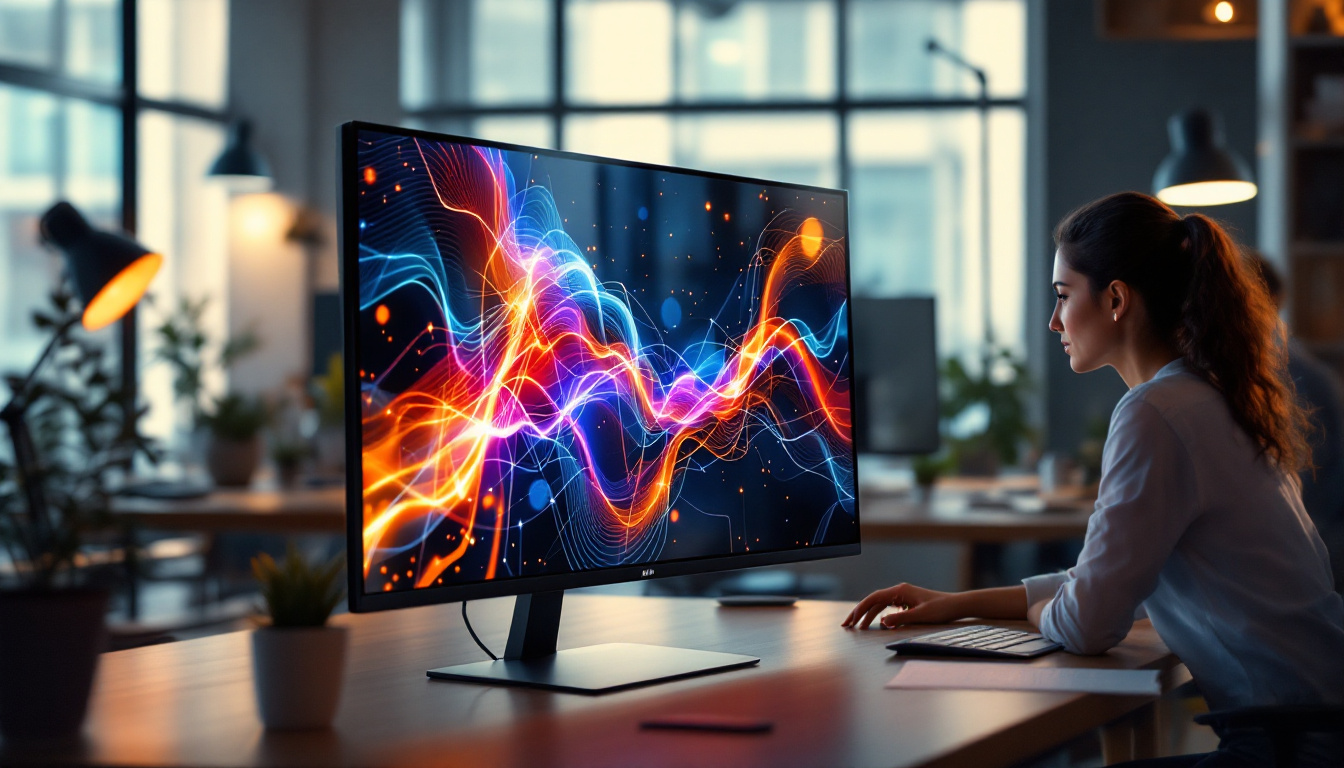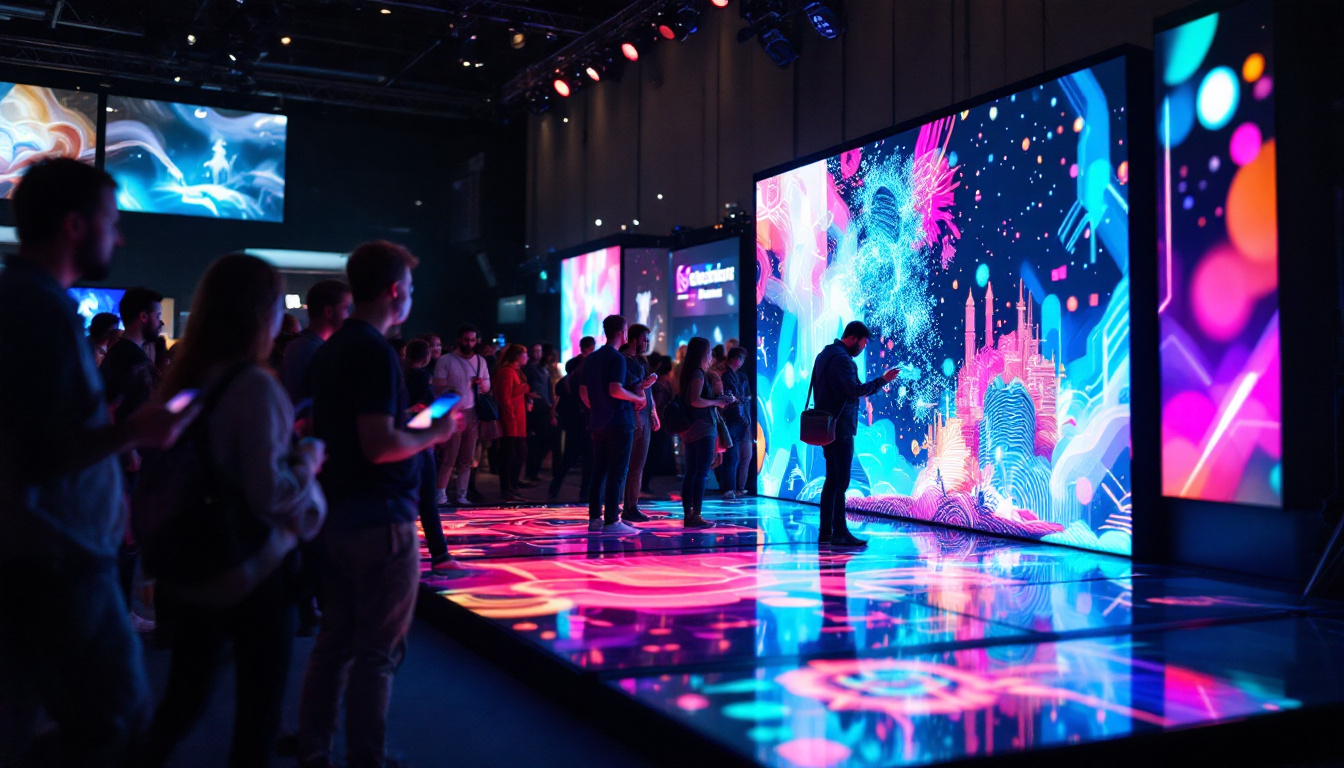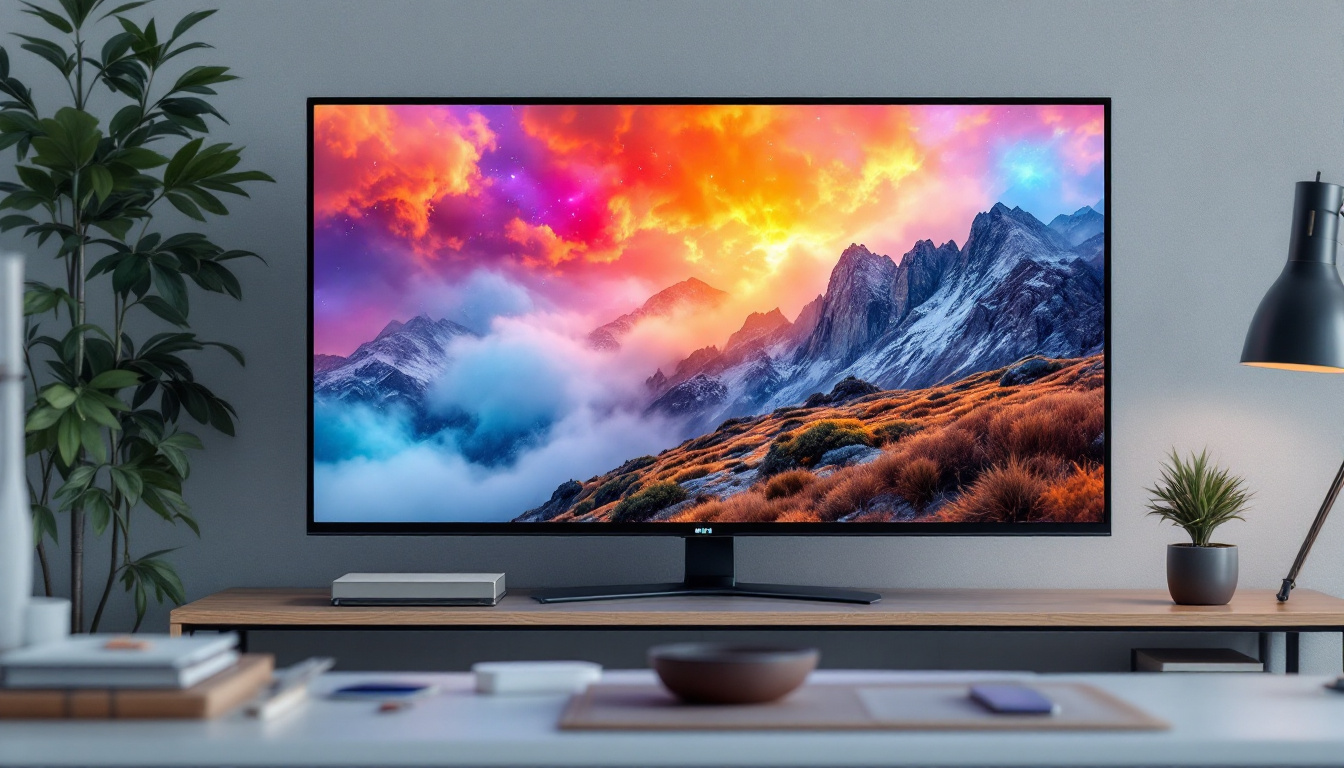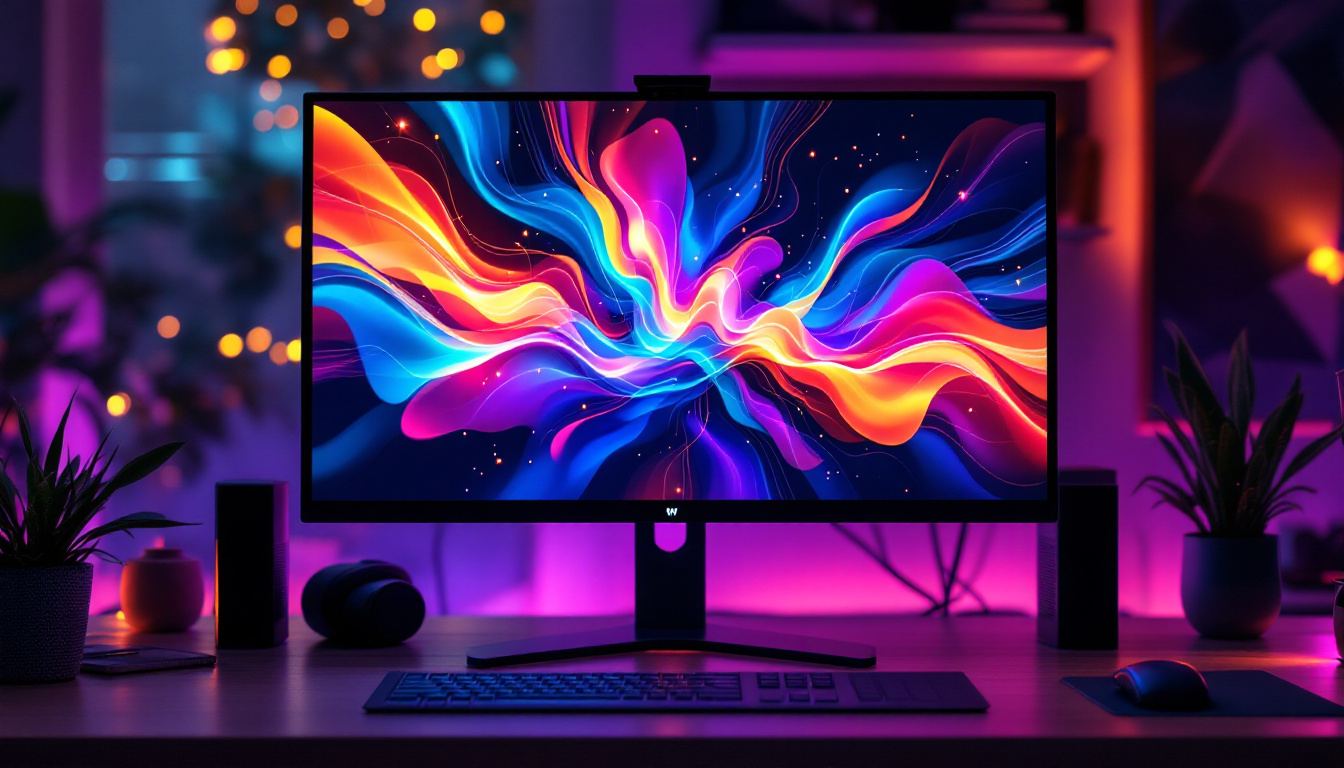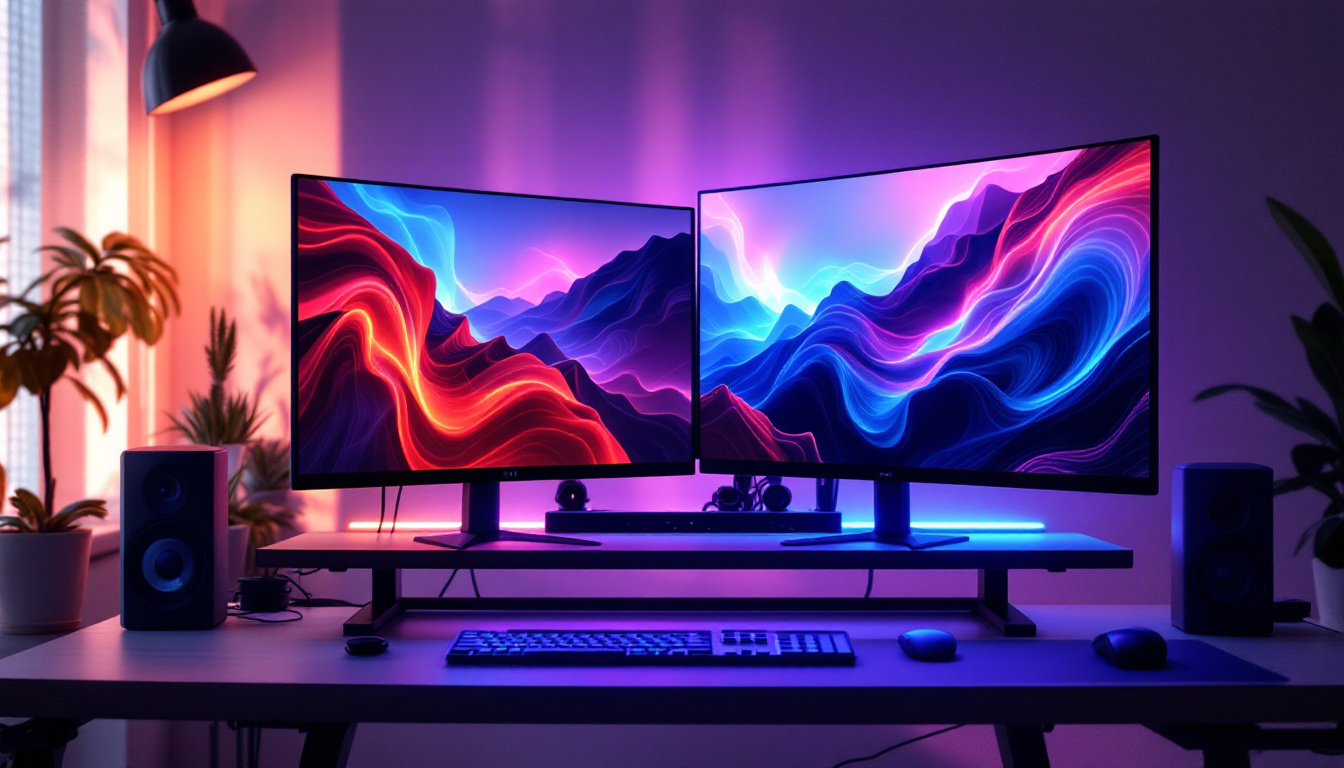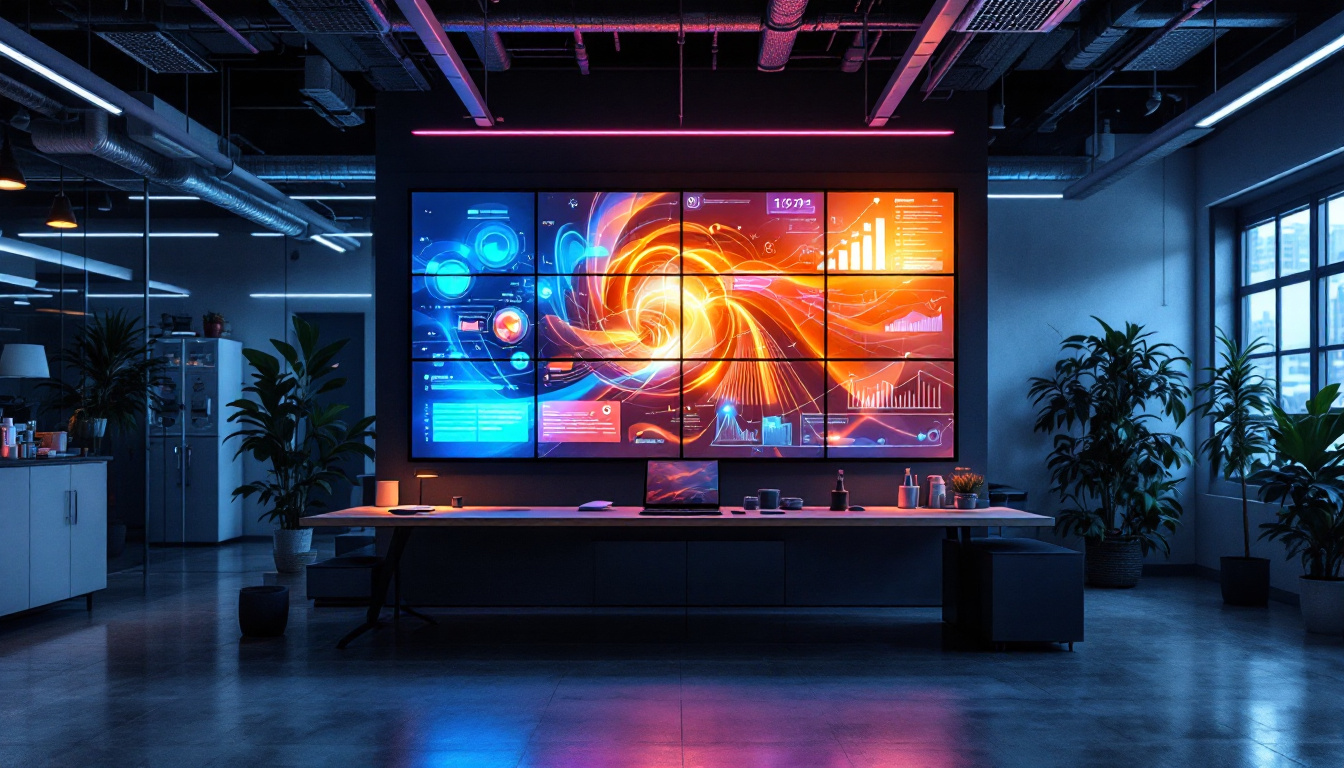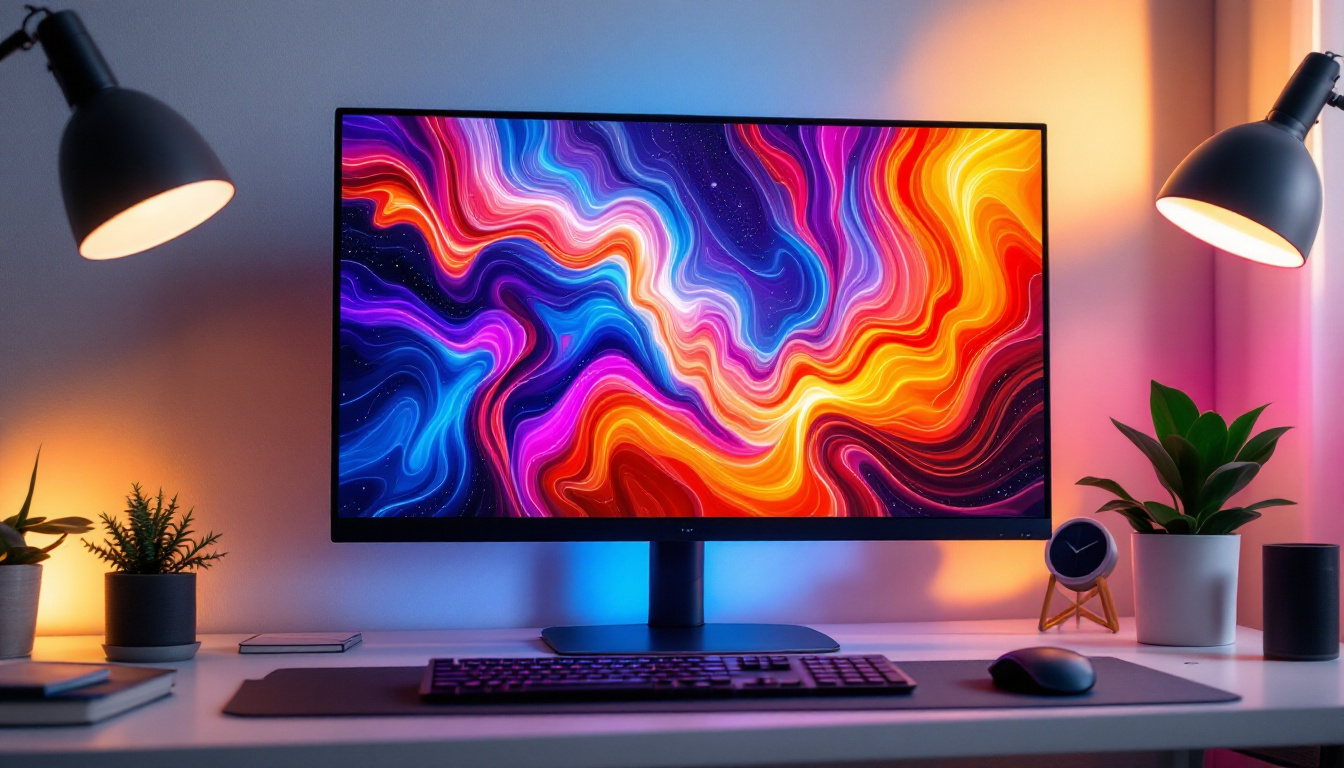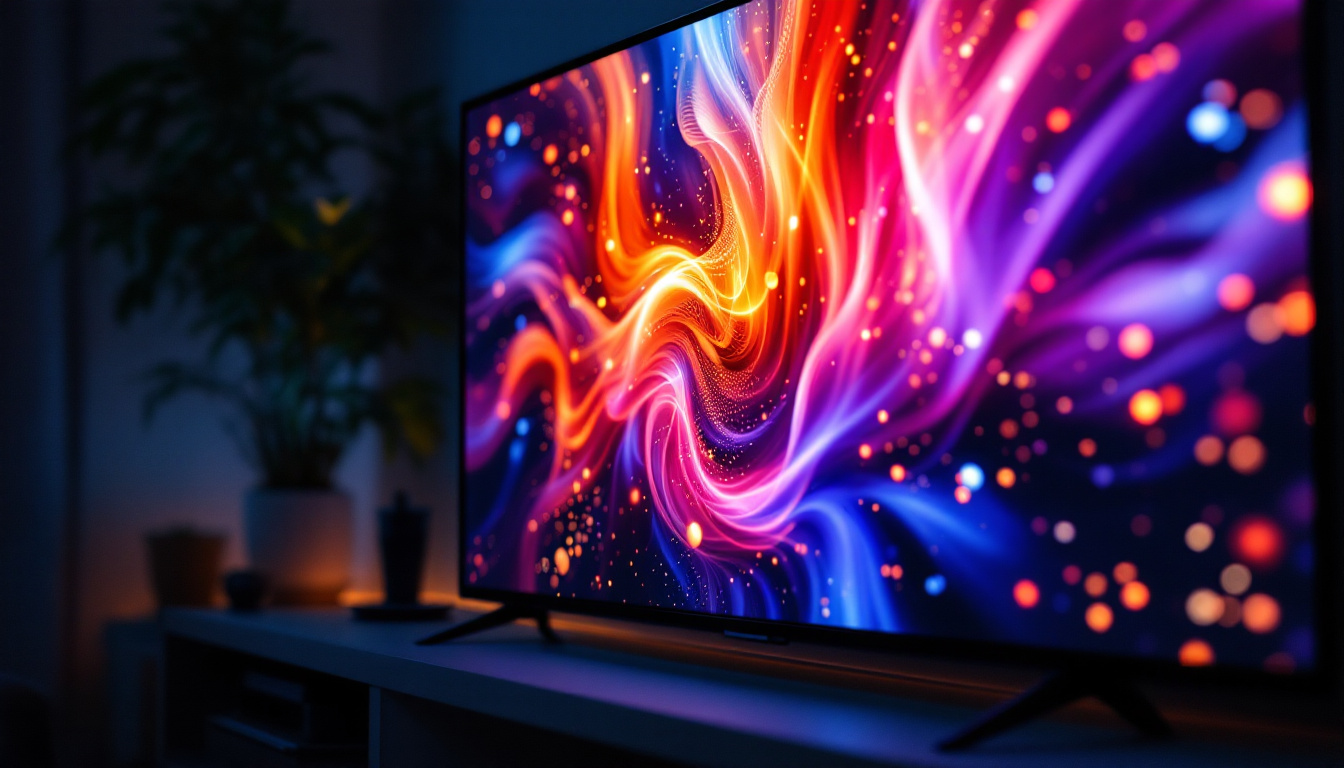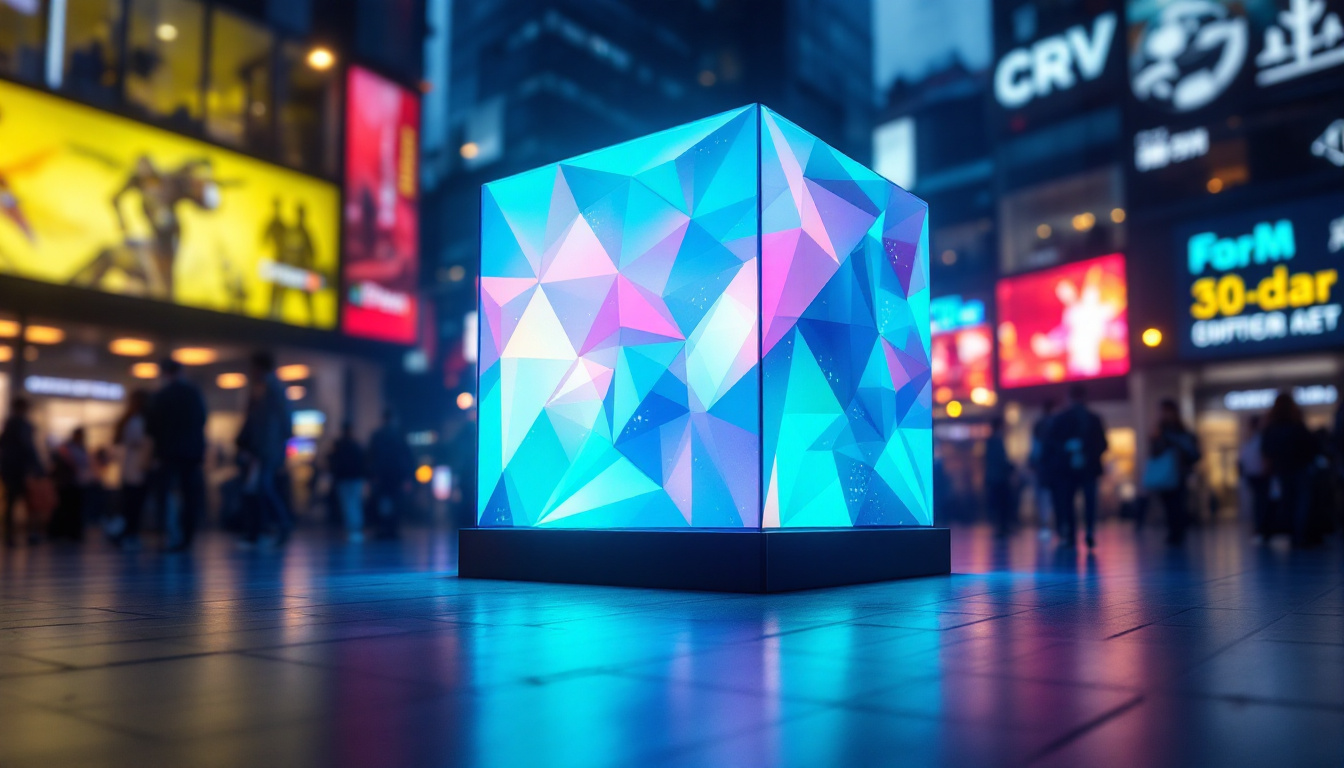In today’s fast-paced digital world, the need for efficient workspace organization has never been more critical. One of the most effective ways to enhance productivity and ergonomics is through the use of dual monitor mounts. This article delves into the benefits of dual monitor setups, the technology behind LED displays, and how to choose the right mount for your needs.
Understanding Dual Monitor Setups
Dual monitor setups have become increasingly popular among professionals in various fields, from graphic design to software development. The ability to extend the screen real estate allows users to multitask more effectively, improving workflow and overall efficiency.
Benefits of Dual Monitors
One of the most significant advantages of using dual monitors is the increased screen space. With two displays, users can have multiple applications open simultaneously, reducing the need to switch back and forth between windows. This is particularly beneficial for tasks that require reference materials, such as coding or writing.
Additionally, dual monitors can enhance collaboration. In a team environment, having two screens allows for easier sharing of information and presentations. Team members can work side by side, each focusing on different aspects of a project while still maintaining visibility of the overall progress. For instance, a designer can work on graphics while a developer codes in real-time, facilitating immediate feedback and adjustments.
Ergonomics and Comfort
Another essential factor to consider is ergonomics. A dual monitor setup can be adjusted to the user’s height and angle preferences, reducing strain on the neck and eyes. Many mounts come with features that allow for tilting, swiveling, and height adjustments, ensuring that the screens are positioned at an optimal viewing angle.
By investing in a dual monitor mount, users can create a more comfortable workspace that promotes better posture and reduces fatigue during long working hours. This is particularly important in an age where remote work is becoming the norm, and individuals are spending more time at their desks. Furthermore, studies have shown that a well-designed workspace can lead to improved productivity and job satisfaction, making it essential for employers to consider ergonomic solutions for their teams.
Moreover, the psychological benefits of dual monitors should not be overlooked. The ability to customize one’s workspace can lead to a greater sense of control and ownership over one’s environment, which can enhance motivation and creativity. Users often report feeling less overwhelmed with tasks when they can visually organize their work across multiple screens, allowing for a clearer focus on priorities and deadlines.
The Technology Behind LED Displays
LED (Light Emitting Diode) displays have revolutionized the way we view content on screens. Unlike traditional LCDs, LED displays offer brighter images, better contrast, and improved energy efficiency. Understanding the technology behind LED displays can help users make informed decisions when selecting monitors for their dual setups.
How LED Technology Works
LED displays utilize a series of diodes that emit light when an electric current passes through them. This technology allows for a thinner and lighter screen compared to traditional LCDs, which rely on fluorescent backlighting. The result is a display that not only consumes less power but also delivers vibrant colors and sharper images.
Furthermore, LED displays can be categorized into two main types: edge-lit and backlit. Edge-lit displays use LEDs positioned along the edges of the screen, while backlit displays have LEDs placed directly behind the screen. Backlit displays typically offer better color accuracy and uniform brightness, making them ideal for professional work environments. In addition, advancements in technology have led to the development of OLED (Organic LED) displays, which take this concept further by using organic compounds that emit light. This results in even deeper blacks and a wider color gamut, enhancing the overall viewing experience.
Advantages of LED Displays
One of the standout features of LED displays is their energy efficiency. They consume significantly less power than traditional monitors, which can lead to lower electricity bills and a reduced carbon footprint. This is an essential consideration for environmentally conscious consumers. Additionally, many LED displays now come equipped with features like automatic brightness adjustment, which optimizes power consumption based on ambient light conditions, further enhancing their eco-friendly appeal.
Moreover, LED displays provide faster response times, making them suitable for gaming and video editing. The reduced motion blur and improved refresh rates contribute to a smoother viewing experience, which is crucial for professionals who rely on high-performance displays. The advancements in LED technology have also enabled features such as HDR (High Dynamic Range), which allows for a greater range of brightness and color detail, making images appear more lifelike. This is particularly beneficial for photographers and videographers who need precise color representation in their work. As the market continues to evolve, we can expect even more innovations that will enhance the capabilities of LED displays, making them an indispensable tool in both personal and professional settings.
Choosing the Right Dual Monitor Mount
Selecting the appropriate dual monitor mount is vital for maximizing the benefits of a dual monitor setup. With various options available on the market, understanding the key features to look for can simplify the decision-making process.
Types of Monitor Mounts
Monitor mounts come in several types, including desk mounts, wall mounts, and freestanding mounts. Desk mounts are the most common, allowing users to attach monitors to their desks, freeing up valuable workspace. Wall mounts, on the other hand, are ideal for saving space in smaller environments and providing a clean, modern look.
Freestanding mounts offer flexibility, as they can be moved around easily without the need for permanent installation. Each type has its advantages, and the choice largely depends on the user’s workspace and personal preferences. For instance, desk mounts often come with cable management features that help keep wires organized and out of sight, contributing to a more streamlined work environment. Wall mounts can also enhance aesthetics by creating a floating effect, making the room feel more open and less cluttered.
Key Features to Consider
When choosing a dual monitor mount, several features should be taken into account:
- Weight Capacity: Ensure the mount can support the weight of both monitors. Check the specifications to avoid any potential issues.
- Adjustability: Look for mounts that offer height, tilt, and swivel adjustments. This allows for a customizable setup that can be tailored to individual ergonomic needs.
- VESA Compatibility: Most monitors come with VESA mounting patterns. Ensure the mount is compatible with the monitors being used to avoid compatibility issues.
In addition to these features, consider the ease of installation. Some mounts come with all the necessary hardware and clear instructions, making the setup process straightforward even for those who may not be particularly handy. Furthermore, the material and build quality of the mount can significantly affect its durability and stability. Opting for mounts made from high-quality materials, such as steel or aluminum, can provide peace of mind that your monitors are securely held in place. Lastly, think about the aesthetic appeal of the mount; a sleek design can complement modern office decor while also ensuring functionality.
Installation and Setup
Installing a dual monitor mount may seem daunting, but with the right tools and instructions, it can be a straightforward process. Most mounts come with detailed installation manuals, and following these steps can lead to a successful setup.
Preparation Steps
Before installation, gather all necessary tools, such as a screwdriver, a level, and a measuring tape. It’s also important to have a clear workspace and to ensure that the desk or wall can support the mount’s weight.
Begin by measuring the desired height for the monitors. This will help determine the best placement for the mount. Mark the spots where the mount will be attached, ensuring they are level to avoid any misalignment.
Installation Process
Once the preparation is complete, follow the manufacturer’s instructions for mounting. Typically, this involves attaching the mounting plate to the desk or wall, securing the arms, and finally attaching the monitors to the mount. Double-check all connections to ensure stability.
After installation, adjust the monitors to the desired angles and heights. Take a moment to sit at the desk and assess the viewing experience. Making small adjustments can significantly enhance comfort and usability.
Maintaining Your Dual Monitor Setup
Like any piece of technology, dual monitor setups require regular maintenance to ensure longevity and optimal performance. Proper care can prevent issues and enhance the overall user experience.
Cleaning and Care
Regularly cleaning the monitors is essential for maintaining clarity and preventing dust buildup. Use a microfiber cloth and a gentle cleaning solution specifically designed for screens. Avoid using harsh chemicals, as they can damage the display.
Additionally, check the cables and connections periodically. Ensure that all cables are securely connected and free from damage. Loose or frayed cables can lead to connectivity issues and affect performance.
Upgrading Components
As technology evolves, it may be beneficial to upgrade components of the dual monitor setup. This could include investing in higher resolution monitors or more advanced mounts that offer additional features. Keeping up with the latest advancements can enhance productivity and improve the overall experience.
Conclusion
In conclusion, a dual monitor setup can significantly enhance productivity, ergonomics, and overall work efficiency. Understanding the benefits of dual monitors, the technology behind LED displays, and how to choose and maintain the right mount is crucial for maximizing this setup’s potential.
As the digital landscape continues to evolve, the importance of effective workspace organization will only grow. Investing in a dual monitor setup is a step towards creating a more efficient and comfortable working environment, paving the way for greater success in various professional endeavors.
Ultimately, whether for gaming, design, or everyday tasks, the combination of dual monitors and LED technology is a powerful tool that can transform how individuals interact with their digital world.
Discover the Future of Visual Display with LumenMatrix
Ready to elevate your workspace and embrace the full potential of LED technology? LumenMatrix is at the forefront of LED display innovation, offering a wide array of solutions that cater to your every need. From dynamic Indoor LED Walls to captivating Outdoor LED Displays and beyond, our products are designed to transform your professional environment and engage your audience. Experience the difference with LumenMatrix and take the first step towards a visually stunning future. Check out LumenMatrix LED Display Solutions today and see your world in a new light.

